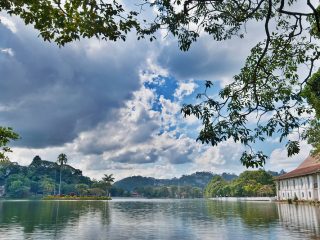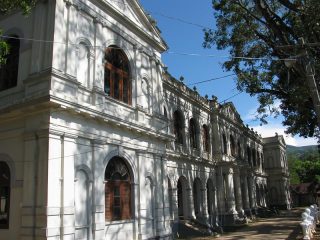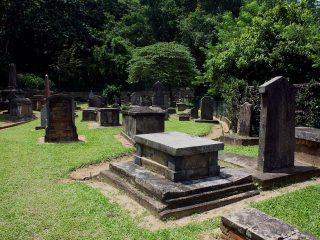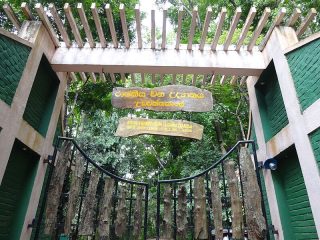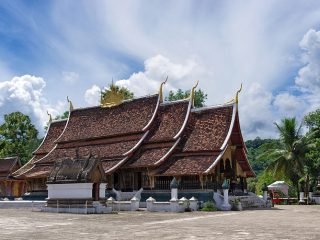Visiting the hill capital of ancient Sri Lanka, Kandy, is one sure way to immerse yourself in the deep rooted culture of the country. The essence of the island is embedded in every element here, from narrow streets to every Kandy hotel. Offers might allure you here, but what will keep you in Kandy is its timeless preservation of art. The best example of this is Embekke Devalaya.
Located in Udunuwara, which literally means upper Kandy, a 45-minute drive away from Cinnamon Citadel, the Embekke Devalaya is found in the village of the same name. There are many alternative spellings of the place – Ambakka, Embekke, Embakke – so do not be fazed if the sign posts you see carry a different variant. A lone shrine that sits amidst regular dwellings, the significance of the place lies in its architecture. The Embekke Devalaya s considered to have the best wooden carvings in Sri Lanka. If you were to observe the wooden pillars that hold up the structure, you would see that each is intricately carved. These carvings are of varying objects ranging from wrestlers to female figures to mythical creatures to leaf patterns. It is believed that these pillars were originally from a royal hall in the city, but later found their way to the shrine. These carvings have made the Embekke Devalaya a favourite to visit among artists and a must-visit for local art students studying styles of Kandyan era.
According to history, the shrine was built under the patronage of King Wickramabahu II, in the 14th century, as per a request made by his queen. The Devalaya is believed to be paying homage to God Kataragama. The premises of the Emebekke Devalaya has three main components: the Devalaya or the shrine, the digger, and the hewisi centre i.e. place where ceremonial trumpets were played during ancient times.


